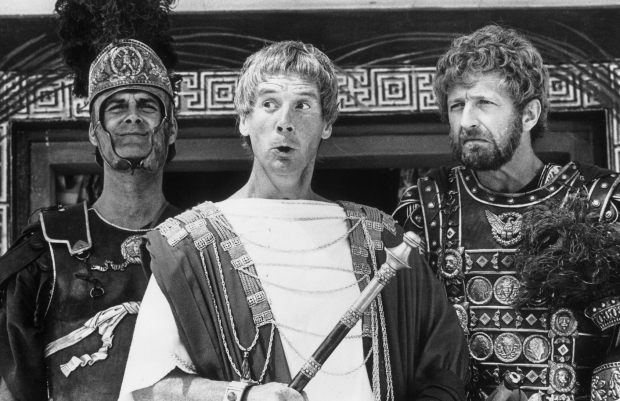The main flag is called "Omnibox UI Hide Steady-State URL Path, Query, and Ref" which hides everything in the current web address except the domain name. There are two additional flags that modify this behaviour. One reveals the full address once you hover over the address bar, instead of having to click it, while the other only hides the address bar once you interact with the page.
It is not clear why Google is pressing ahead with these changes, but the company has said in the past that it believes showing the full address can make it harder to tell if the current site is legitimate. Chromium software engineer Livvie Lin said in a design document earlier this year that showing the full URL may detract from the parts of the URL that are more important to making a security decision on a webpage.
But making the web address less important, as this feature does, benefits Google as a company. Google's goal with Accelerated Mobile Pages (AMP) and similar technologies is to keep users on Google-hosted content as much as possible, and Chrome for Android already modifies the address bar on AMP pages to hide that the pages are hosted by Google.
Modifying addresses on the desktop is another step towards making them irrelevant, which hurts the decentralised nature of the internet.




